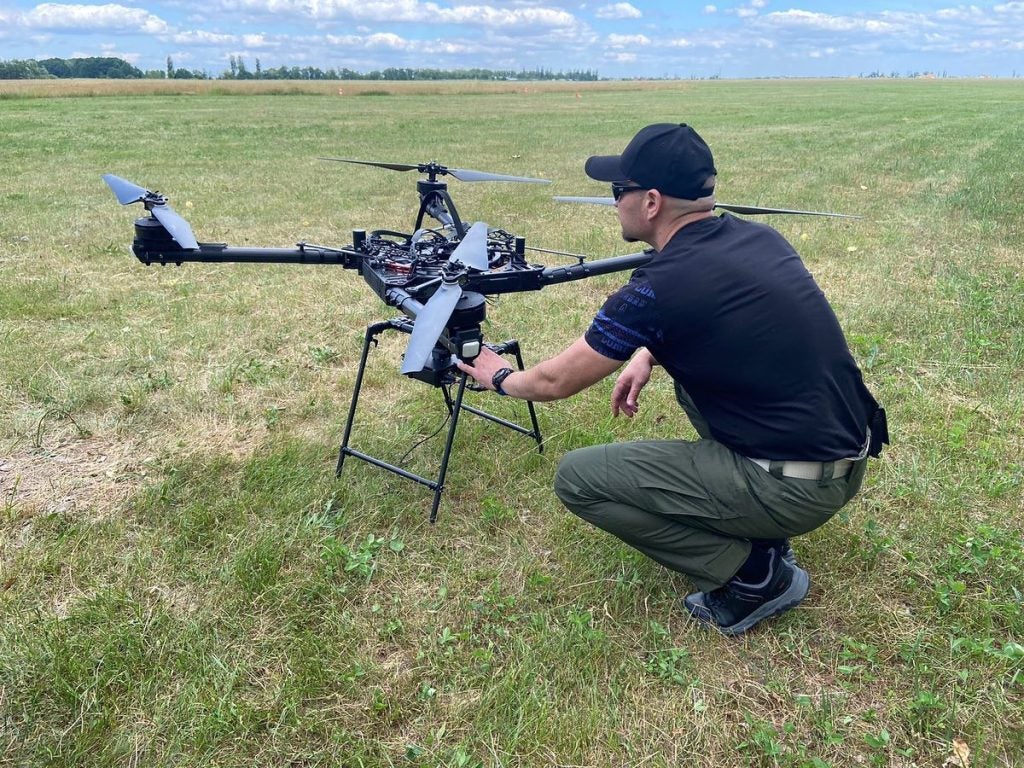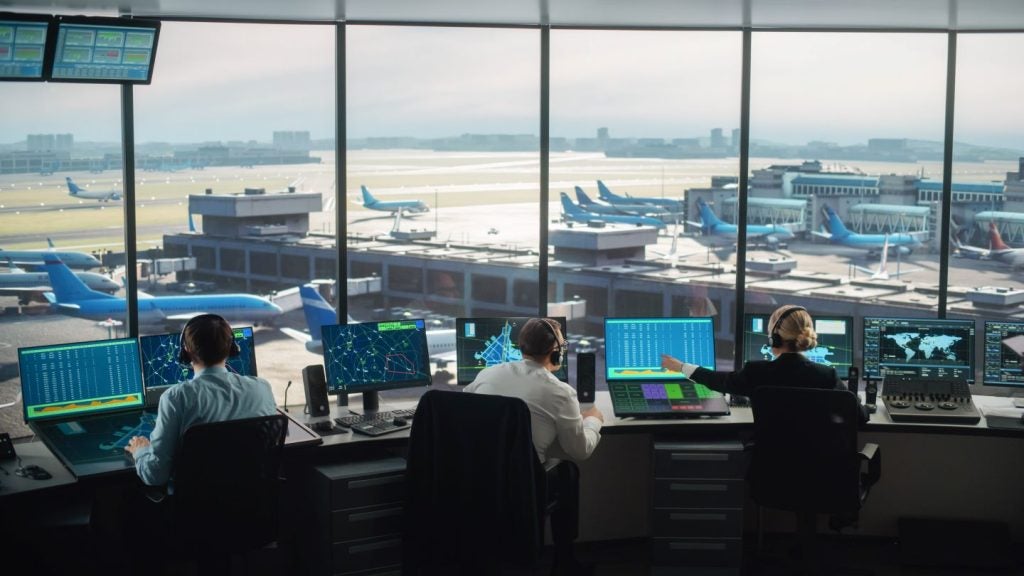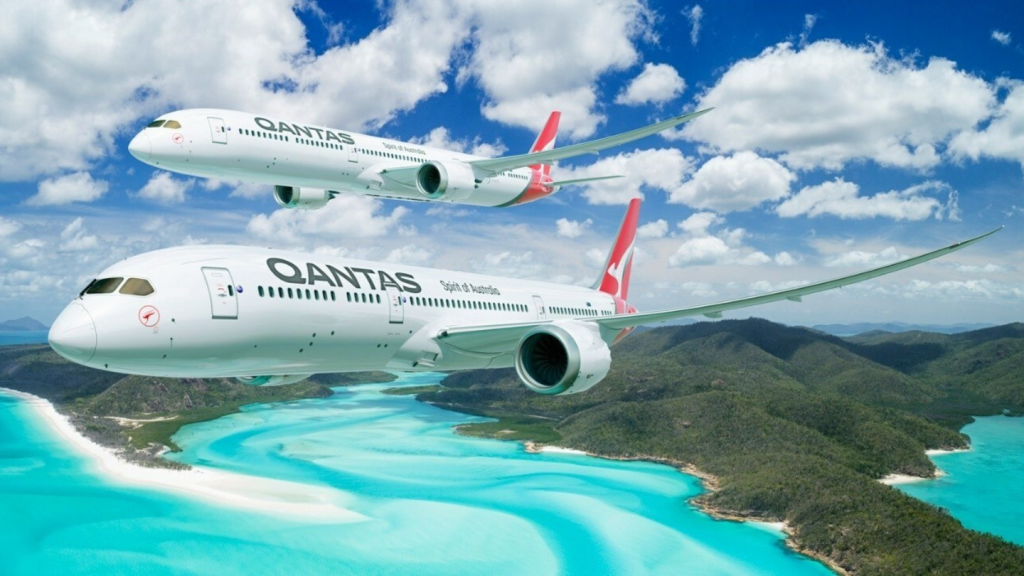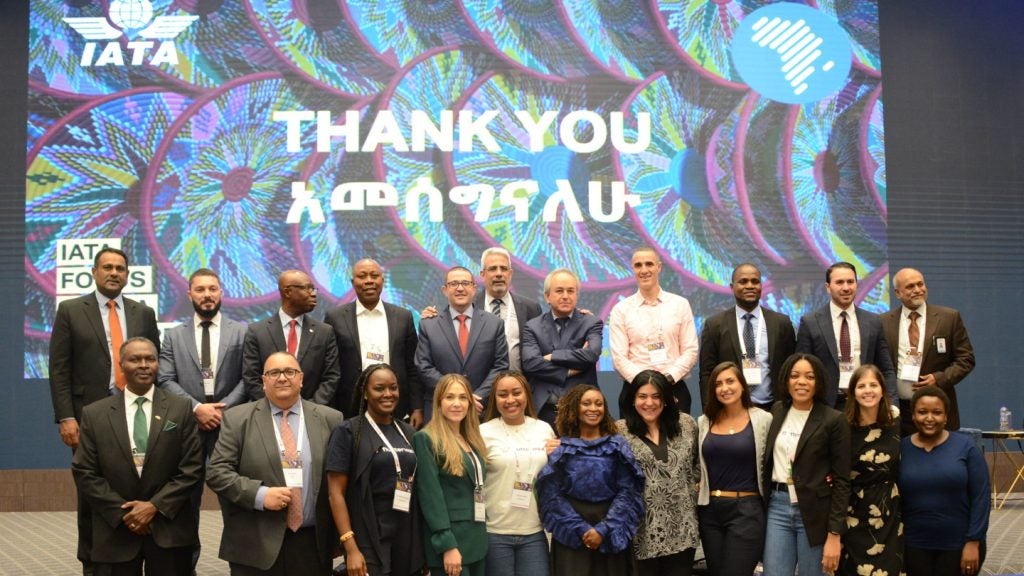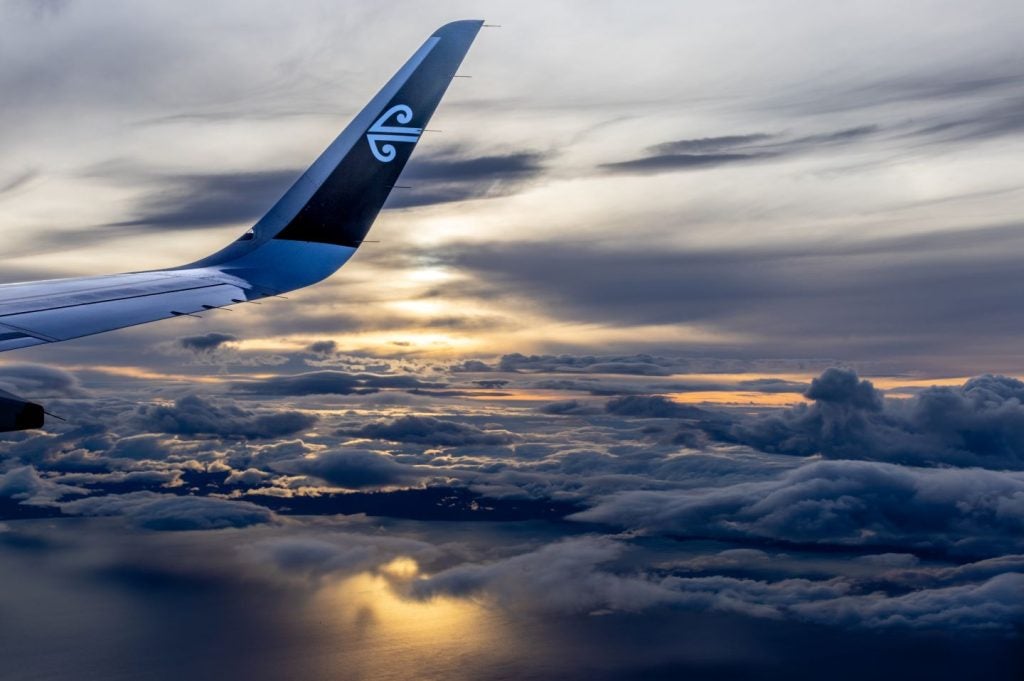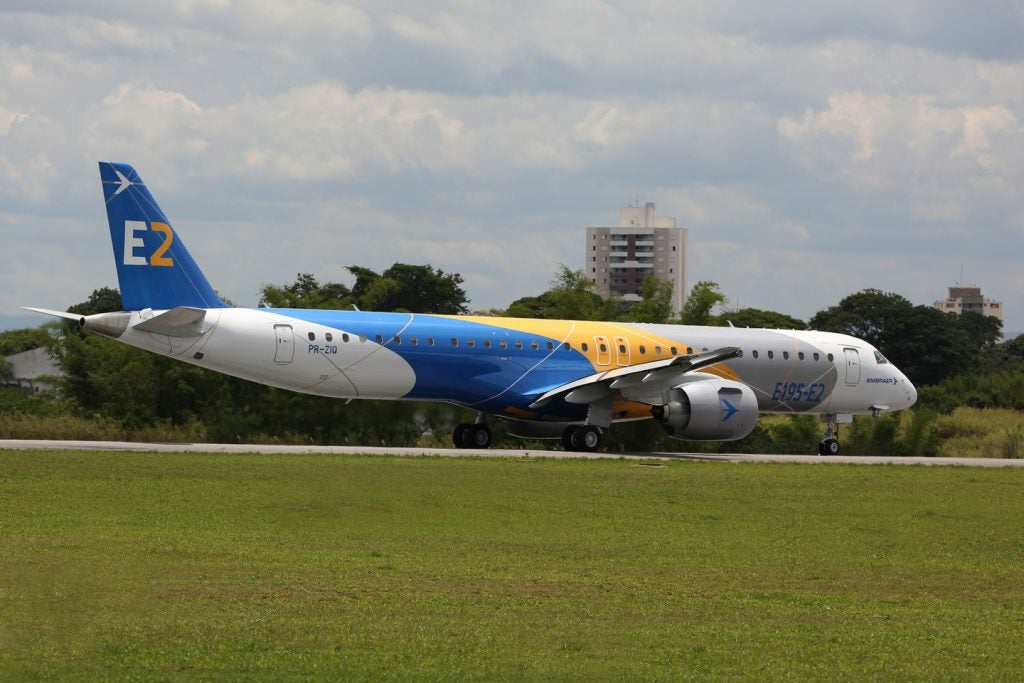No one expected the war to still be raging over 18 months after Russia invaded Ukraine. The needs of the Ukrainian people remain complex and extensive – from search and rescue to medical deliveries and beyond, there is currently no end in sight for the requirement of support.
Drones have had a significant role to play in the humanitarian efforts in Ukraine. Cameron Chell, CEO and president at Canada-based drone solutions and systems developer Draganfly, explains more about the company’s involvement and the future potential of the drone technology the company has created.
Kirstie Pickering: What is Draganfly?
Cameron Chell: To our knowledge, Draganfly is the oldest commercial manufacturer of drones. Our first commercial drone that we sold was produced in 1998, and our first customer was a public safety organisation called the Royal Canadian Mounted Police.
Their primary use was accident reconstruction, so they would use the cameras that we mounted on the drone to measure things like skid marks on the road or evidence collection. Then, that migrated into forensic crime scene investigation and then into search and rescue drones.
The Draganfly drone was the first drone that was credited with saving a human life. Today, that drone sits on permanent display in the Smithsonian. We've got a very strong background in public service work, which we're really proud of and humbled to be a part of, but there's probably not an industry we don't touch today.

We do a lot of agriculture work, energy, long-form inspections – like for power lines and pipelines – and then we do work in the defence space. Our drones are used for landmine detection, humanitarian delivery, surveillance and so on.
We're not a big organisation. We've seen the cycles of the drone market three or four times and typically we've survived because we were able to do contract engineering for larger companies or for military contractors. Since regulation has started to open up, the business has started to blossom.
KP: Could you tell me about your efforts in Ukraine and how you came to be involved in the humanitarian effort?
CC: A friend of mine's wife ran an NGO in the US that had been bringing wounded soldiers from Ukraine over to the US for complex surgeries and rehabilitation since about 2014. When the conflict broke out, their shift focused on providing emergency support and delivering humanitarian aid to besieged cities.
The ambulances couldn't get in – they had 30 or so ambulances that they had purchased and they were getting confiscated, shot at or they couldn't get through roadblocks, so they had the concept of being able to do airdrops or airlifts using drones.
They had seen the work that we had done in Texas with our drone as a first responder and saw that we had a drone that carried temperature-sensitive supplies like pharmaceuticals and vaccines. Through my friend, they contacted me and said, hey, what about using drones in Ukraine?
We donated three drones to test there and equipped them with our temperature-sensitive delivery box – and it was successful. For a number of months, we delivered, in particular, insulin into besieged and remote areas and have been there on the ground in Ukraine ever since.
KP: It must feel incredible to be a part of that effort.
CC: I'm humbled. It's such a big part of our culture to be able to be in public safety and then to be a service to humanity – and, at the same time, to do really cool engineering projects. It's really quite spectacular.
KP: How are your drones ideally placed for humanitarian work?
CC: We have several different types of sizes of drones, but in particular, the drone that has the most applicability here is what we call our Commander 3 XL Drone. The 3 XL only weighs about 24lbs.
That's large by most people's perception of drones – they think of these small super drones that carry cameras, but this thing is about the size of a coffee table. However, it's only 24lbs and it can carry about a 25lb payload, making it highly efficient.
In the North American market, staying under 55lbs is really important because as soon as you go over that weight, you need a different set of waivers to fly it and there are a whole bunch of different restrictions on where and how you can use it.
Our drone has a fantastic weight/strength ratio that works well to be able to be an industrial drone. This drone is really effective because it can carry 25lbs of supplies or 25lbs of sensors, and that's a meaningful amount. Delivering a package of insulin or three or four vials of it isn't impactful, but if you can carry 25lbs of it into a particular area, it can become meaningful.
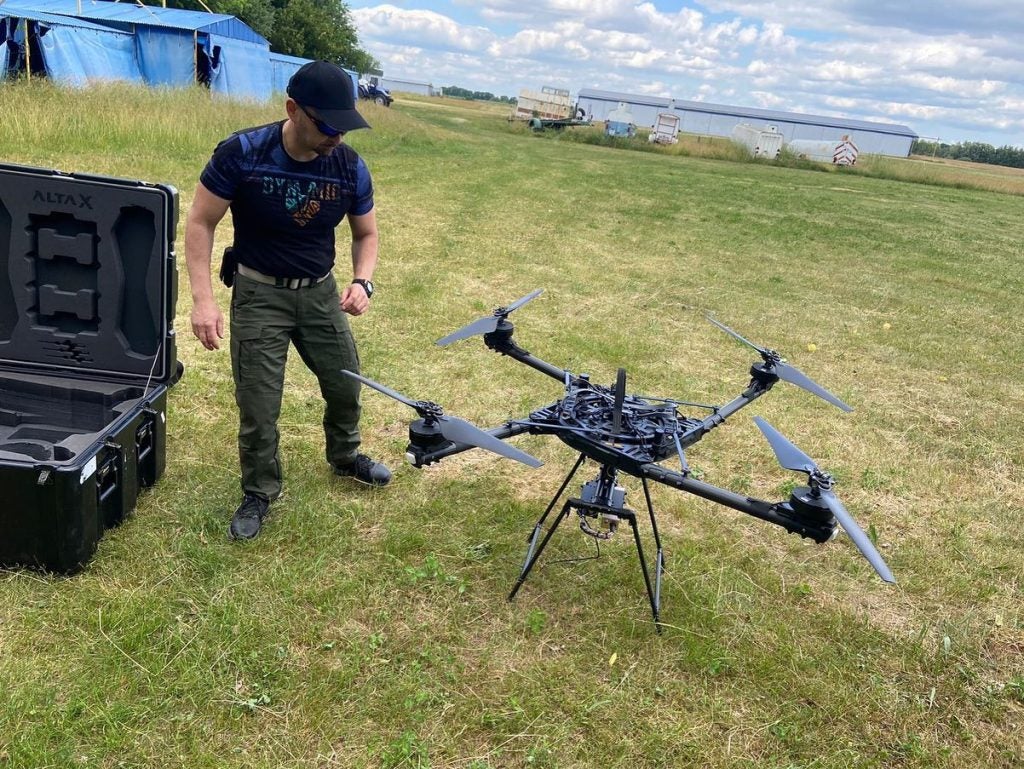
All of a sudden, you've got a drone that's doing multiple missions in one flight. It's also a large enough drone with enough battery life to have sophisticated things like radios that allow it to signal jump, or anti-jamming and electronic warfare technology, which all take a lot of battery power.
The other thing that we really focus on is incorporating a lot of different types of payload. Right now, there are about 19 different payloads that fit onto it – different types of LiDAR hyperspectral cameras, ground penetrating radar, different software systems for autonomous flight for swarming or precision landing, and so on.
On top of it, we've made it modular. DJI is by far the largest drone company in the world, and so we've made this compatible. A lot of the payloads in the world are designed to fit a DJI drone that they don't have anymore but that used to be kind of this size, and so all of those payloads out there also fit underneath this.
We use this same drone for things like medical delivery and logistics, right through to landmine detection. When we do landmine detection, we can put on not just RGB cameras, but hyperspectral cameras, ground penetrating radar light, and our system’s multispectral cameras – all on that same platform so you don't have to have five different drones.
KP: How are drones contributing to the humanitarian efforts in Ukraine?
CC: Search and rescue is one use – think about a thermal camera being used in a building situation where there might be a collapse or debris, and you can actually look for thermal signatures.
Surveillance or what we call situational awareness is really important. If you've got teams of humanitarian workers in a particular area, you're able to have a drone up in the air to see the situation 5-6 kilometres around them and make sure that they don't have a situation where there are incoming combatants or ordnance.
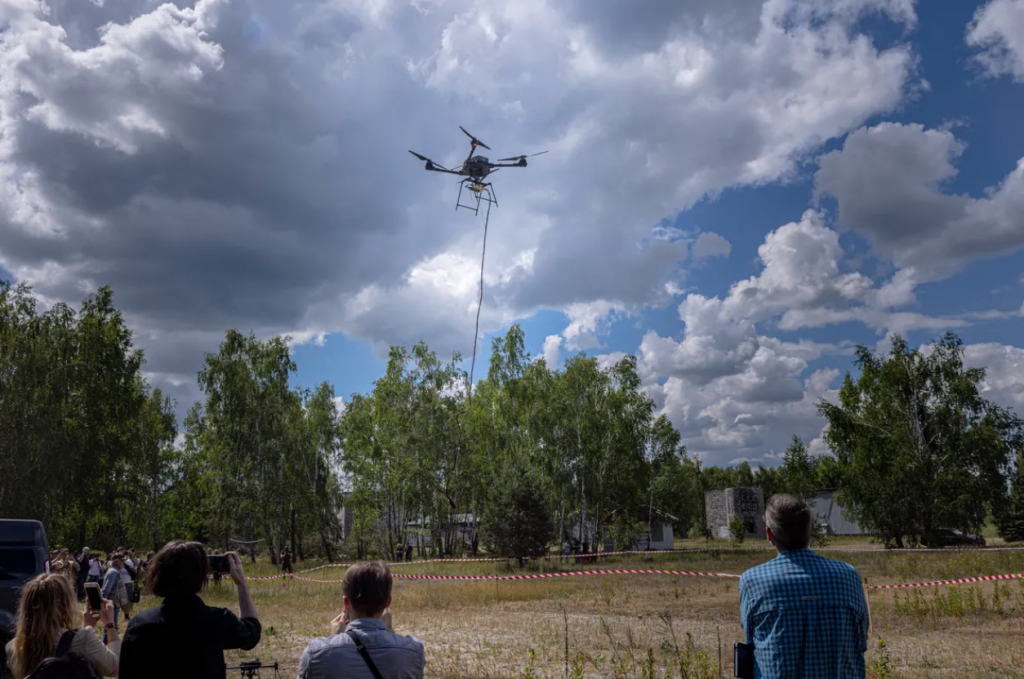
During the flood of the dam in Ukraine, we had drones flying on missions to let people know who were on rooftops. Just that like the presence of a drone means people know that they're not totally alone there and that there's hope.
Demining missions is a huge one, and so is medical delivery. Over the coming years, drones will become the biggest tool for landmine clearing. It's estimated it's going to take up to 40 years to clear all the landmines out of Ukraine.
Those use cases will expand not just during the course of the conflict, but certainly after the conflict when they will be very prevalent in reconstruction as well.
KP: What do you see as the future for drones?
CC: What's really struck me in the last two years is that pretty much in any ground operation, there is a massive advantage in being able to have an aerial operation. Whether it's combat, a search and rescue or a construction project, if you had aerial capabilities that is a huge help.
Slowly, we've been seeing the potential of drones come to light. But what we've seen in Ukraine, as an example, is the complete air dominance by drones.
What we're seeing is not just a mental shift, but now a massive budget shift with governments on pretty much all levels, but being led by defence to utilising autonomy led by aerial drones for pretty much everything – every ground unit that will be equipped with drones, every surveillance mission will be drones, every mapping mission will be drones.
What we're seeing is not just a mental shift, but now a massive budget shift with governments on pretty much all levels.
We're working on projects in the Middle East right now where they're using drones not just to map, survey and check progress every single day, but actually to deliver tools to the 40th or 50th floor in construction projects because you can deliver 20lbs of tools up there quickly as opposed to having to task one of the big elevators and wait for a scheduled run.
I think we're only starting to see the potential. The more use cases that happen for drones, the more use cases that are possible for drones.


